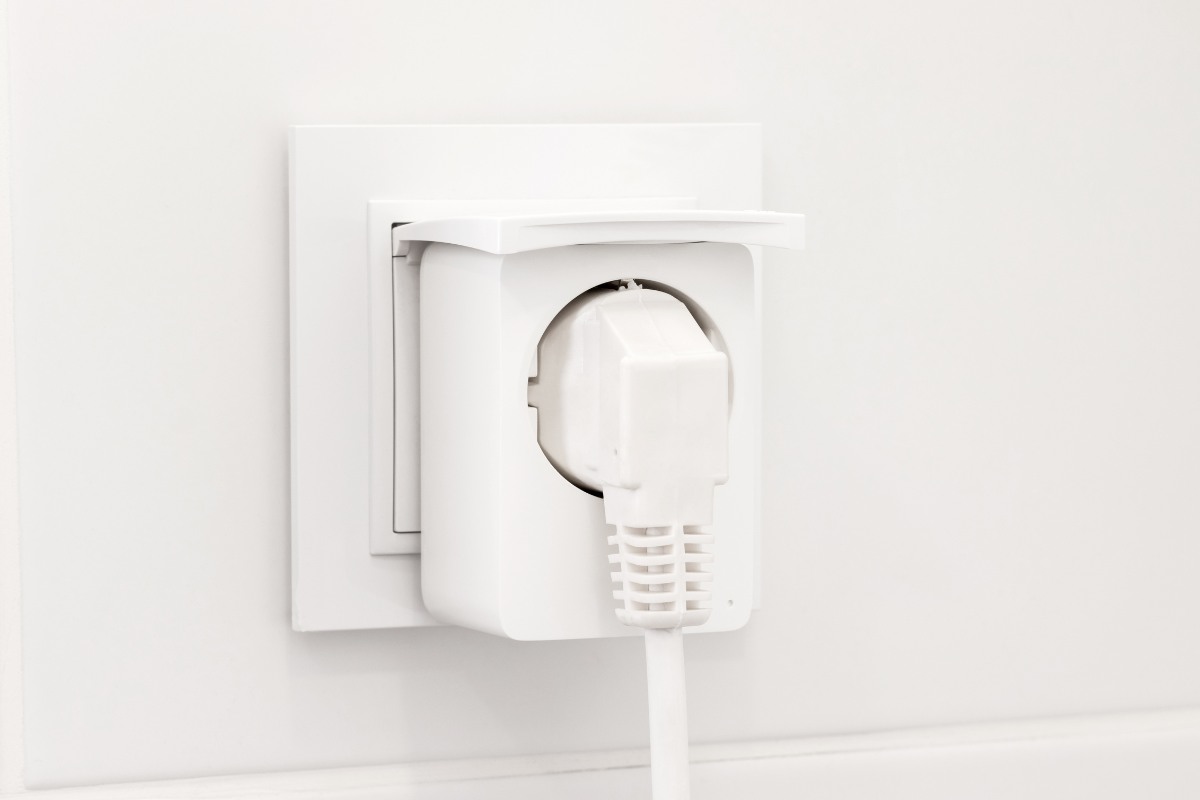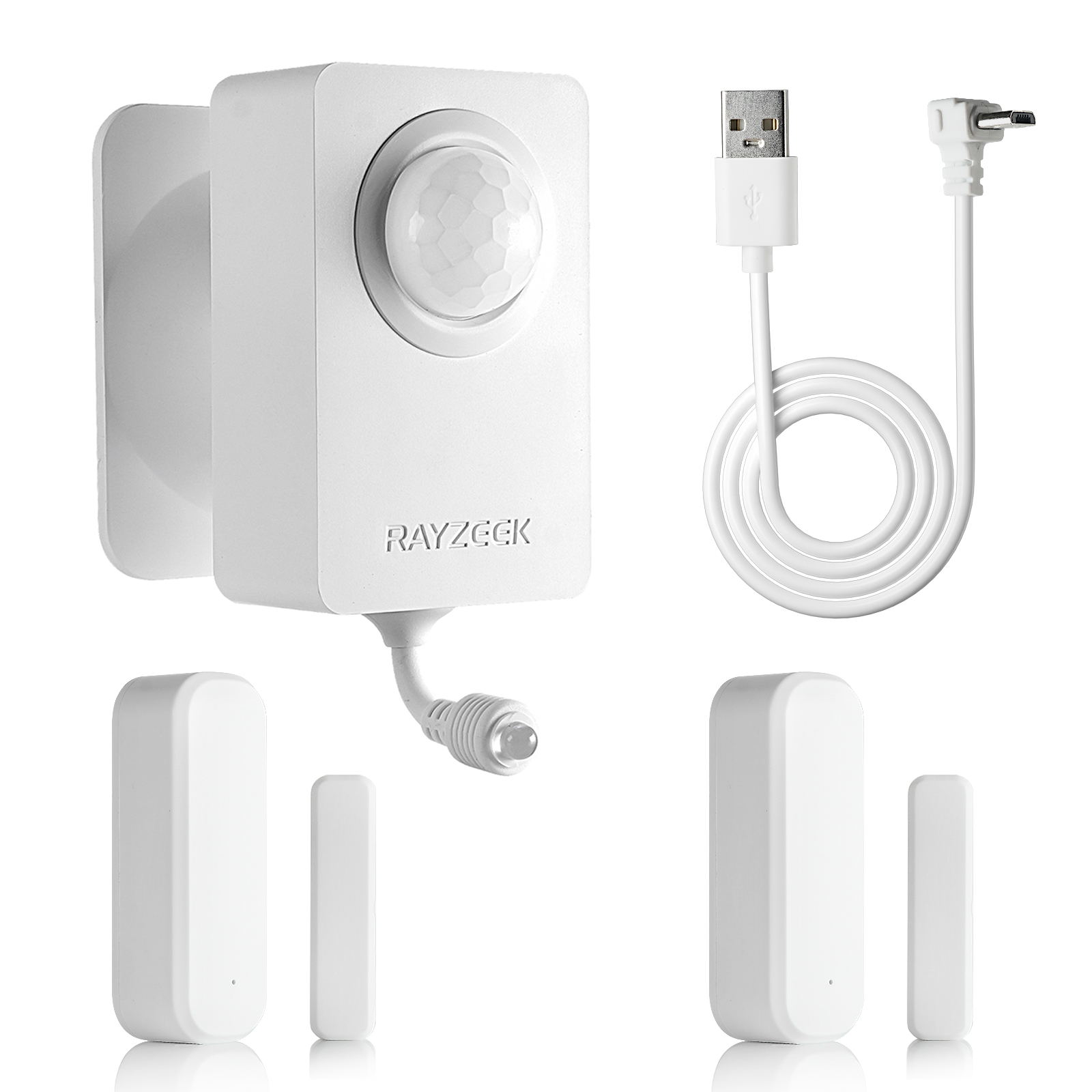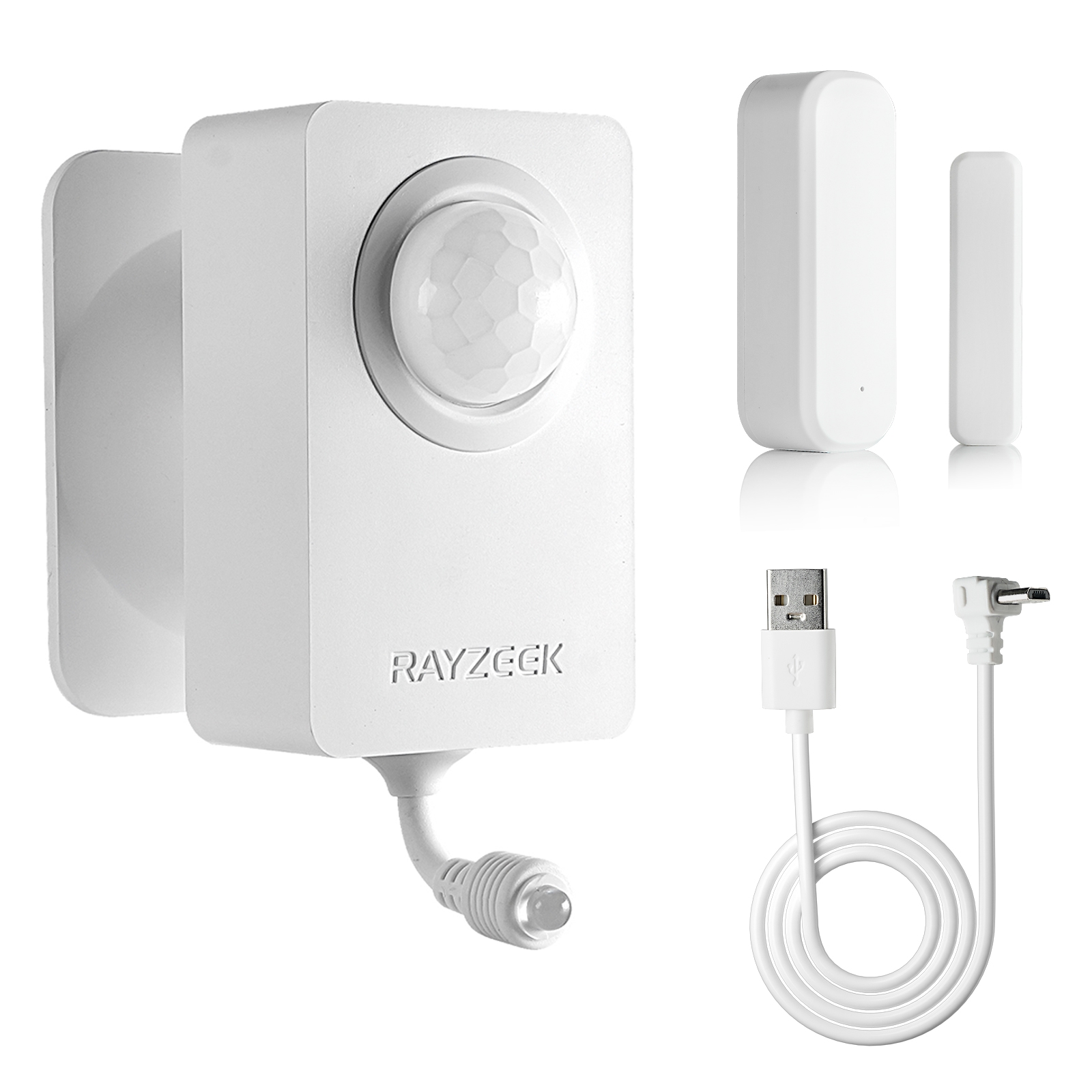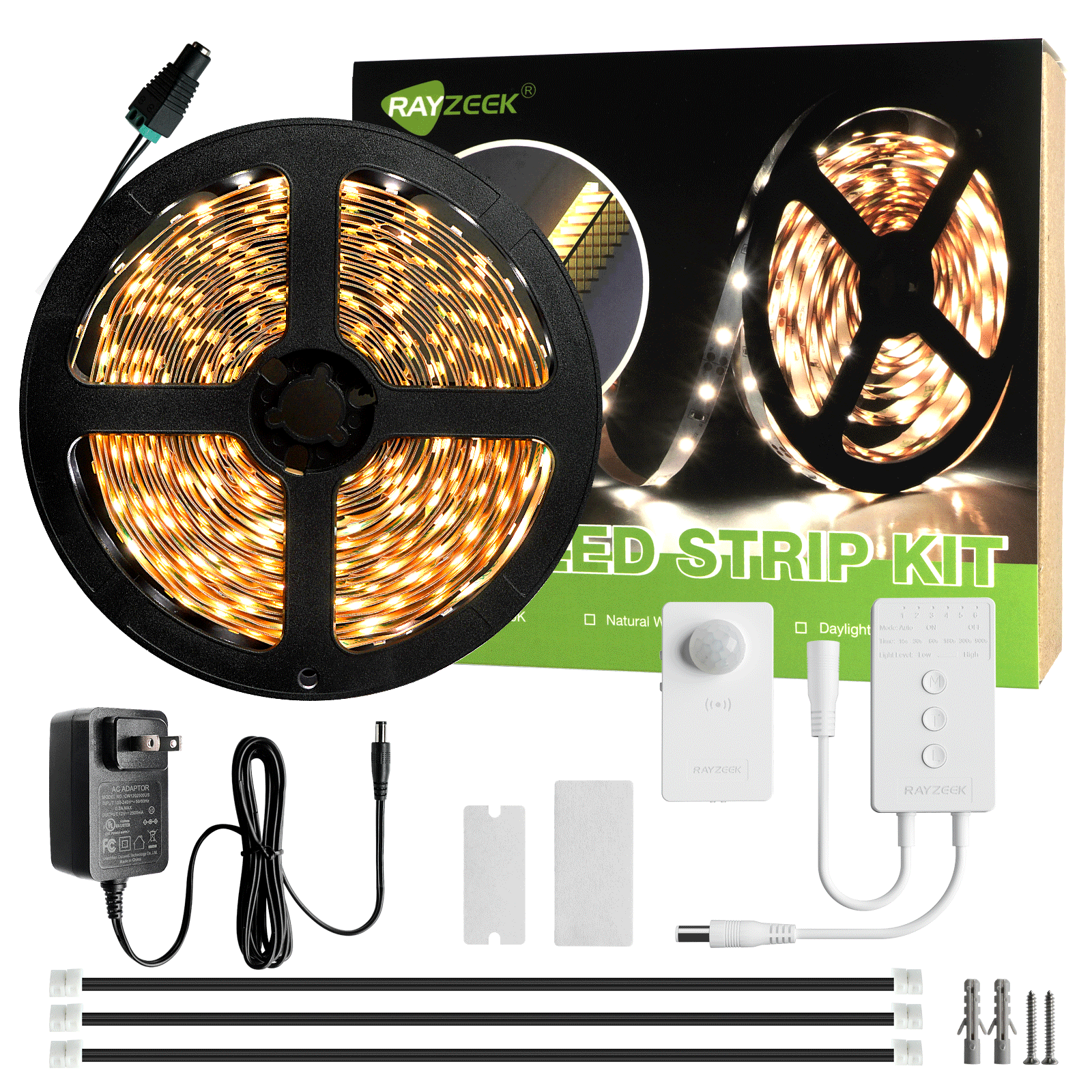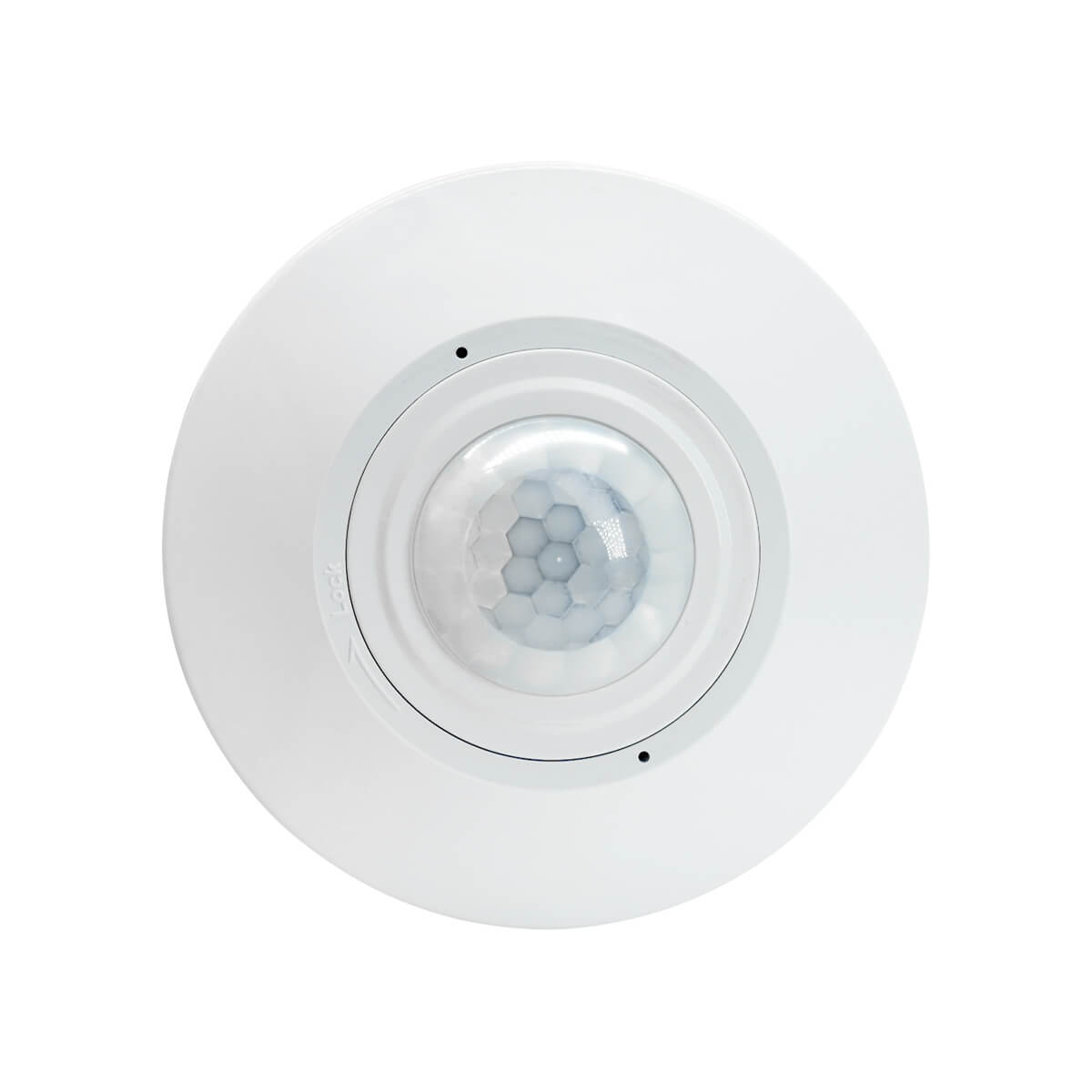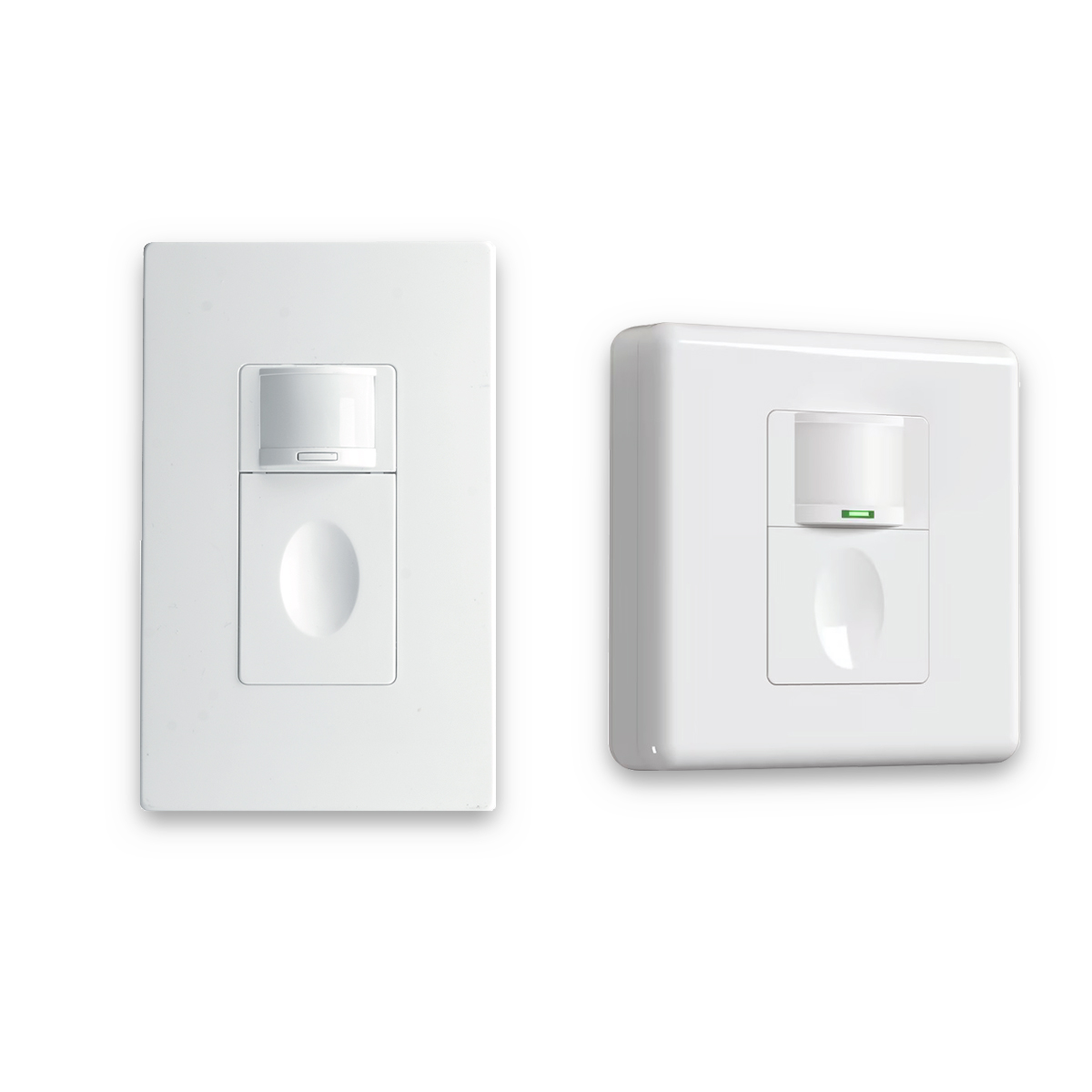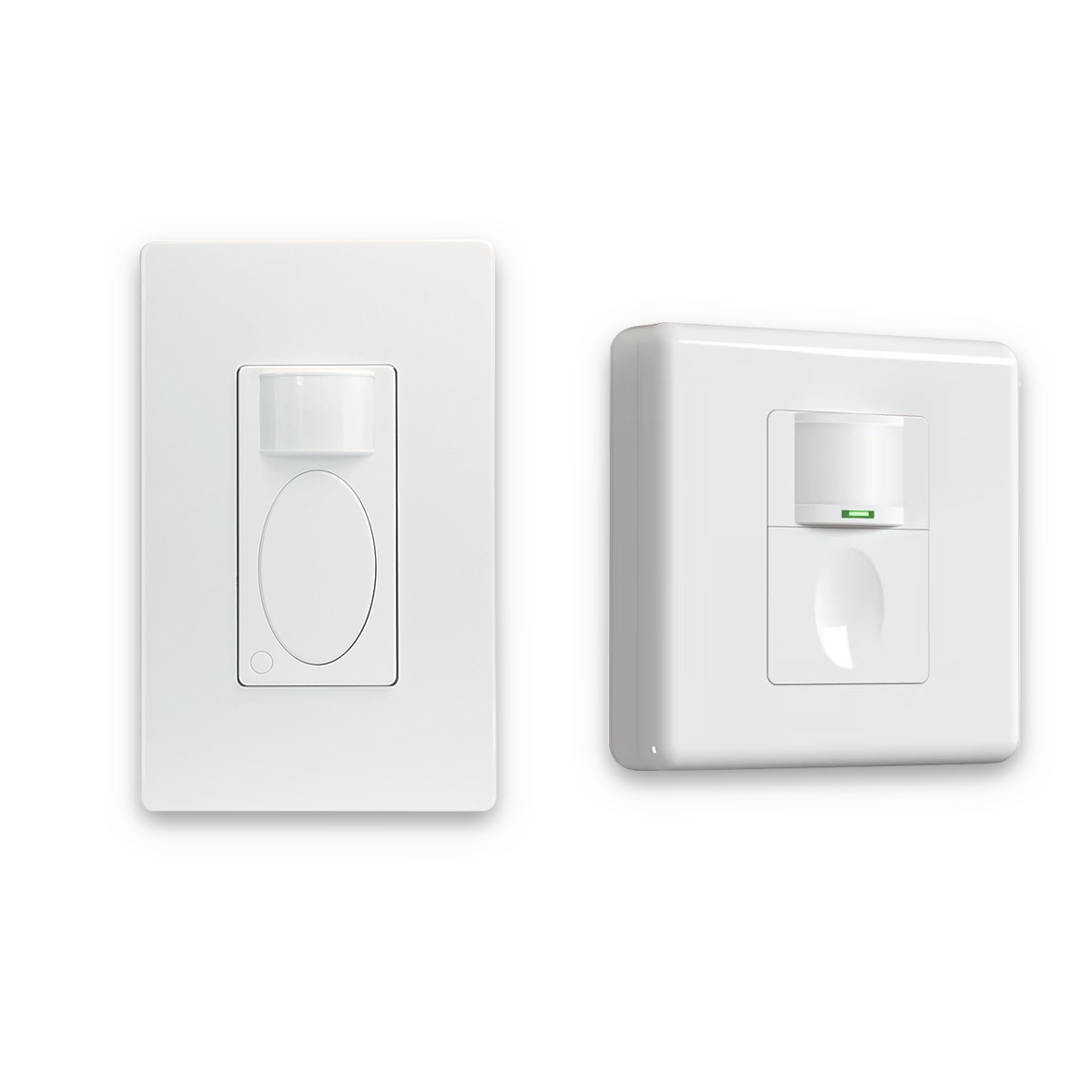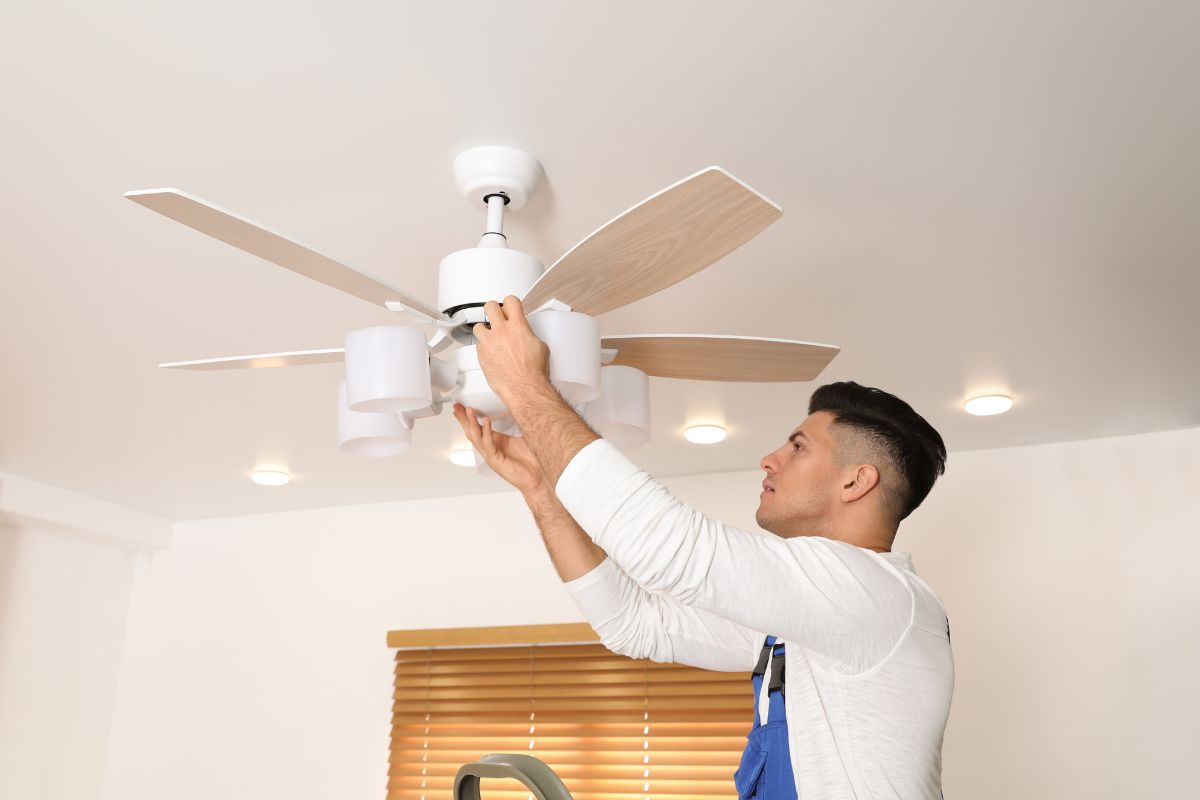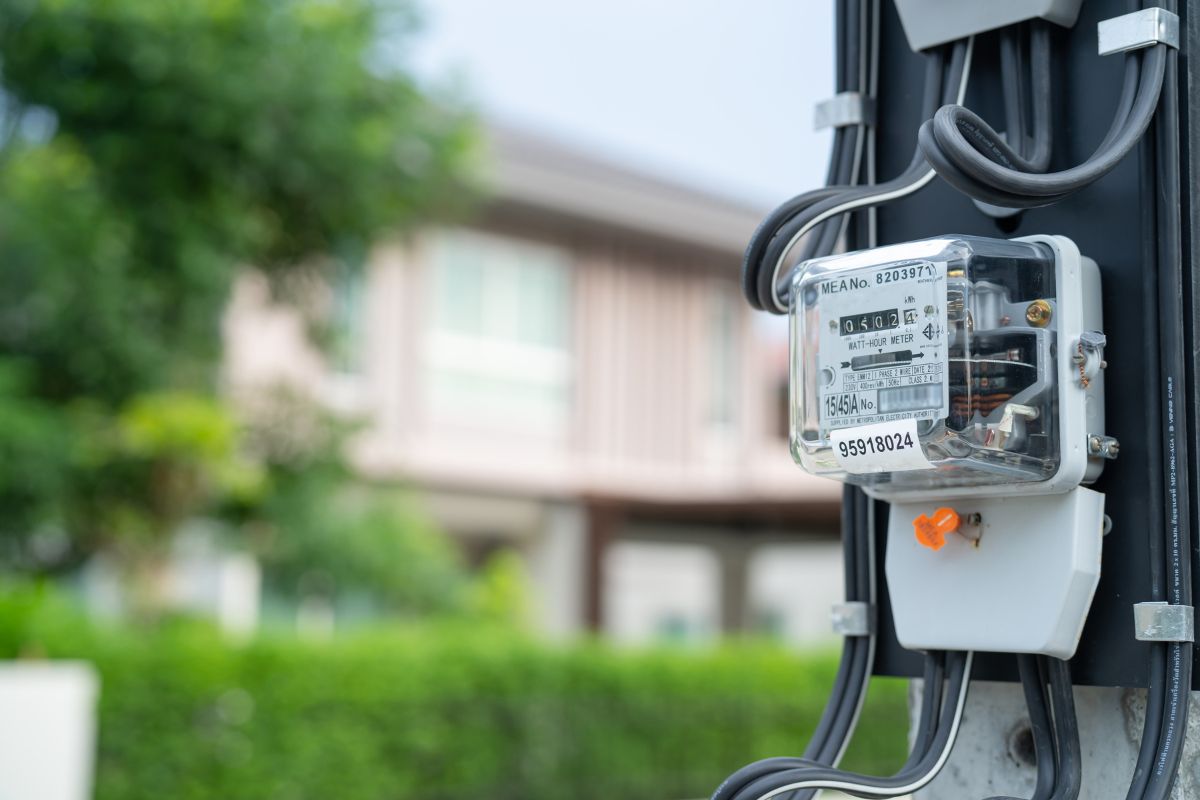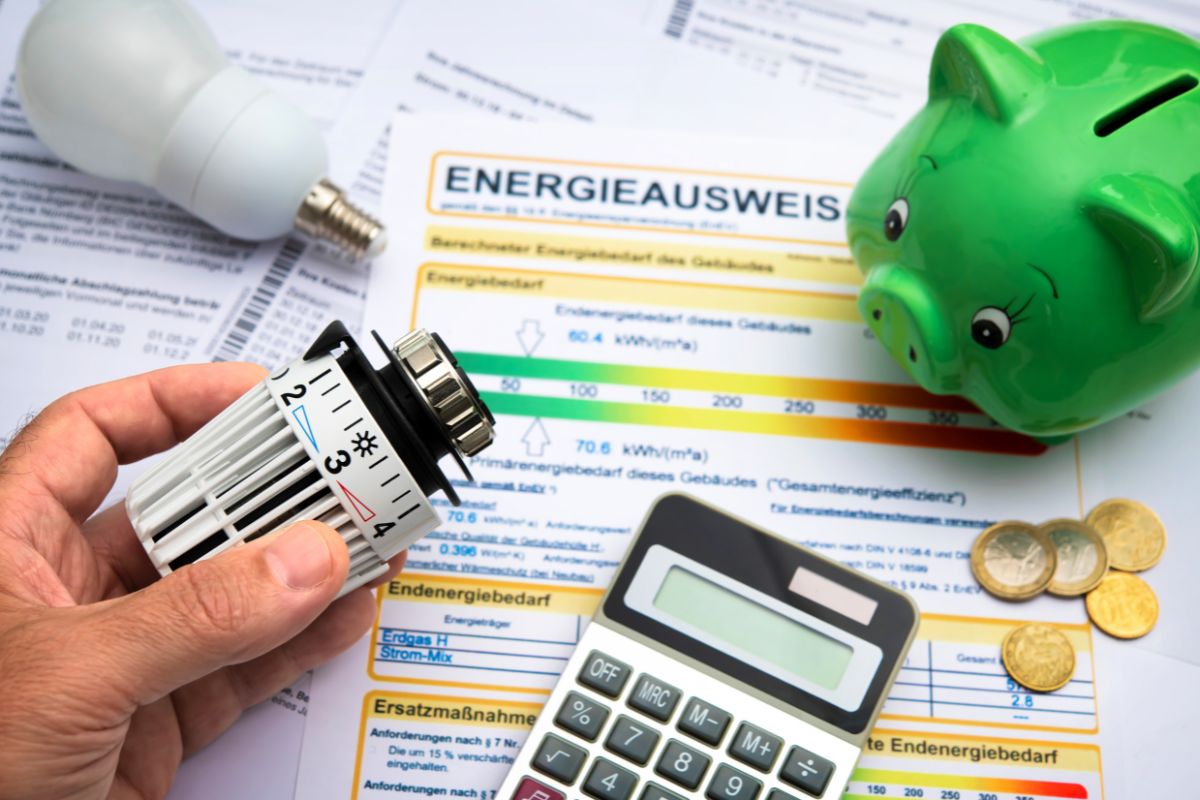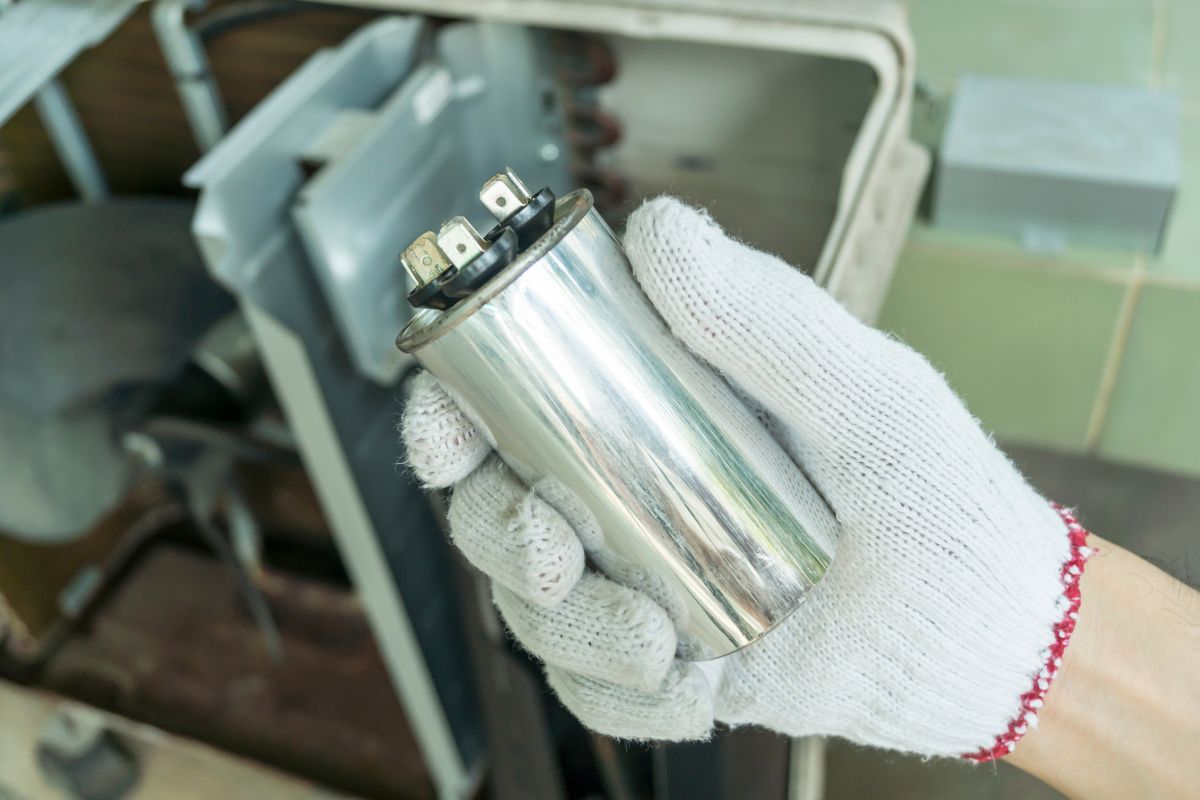هل أجهزة توفير الطاقة القابلة للتوصيل طريقة مشروعة لخفض فواتير الكهرباء الخاصة بك، أم أنها مجرد عملية احتيال أخرى جيدة جدًا لدرجة يصعب تصديقها؟ في السنوات الأخيرة، غمرت السوق ما يسمى بـ "أجهزة توفير الطاقة" التي تدعي أنها تقلل بشكل كبير من استهلاكك للطاقة. ولكن هل تحقق هذه الأجهزة وعودها حقًا؟ دعنا نتعمق في العلم الكامن وراء هذه المنتجات ونكشف الحقيقة حول فعاليتها.
ما هي أجهزة توفير الطاقة الإضافية ومطالباتها
أجهزة توفير الطاقة القابلة للتوصيل، والمعروفة أيضًا باسم "موفرات الطاقة" أو "صناديق توفير الكهرباء" أو بأسماء تجارية محددة مثل "Pro Power Save" و "Esaver" و "Miracle Watt" و "Voltex"، هي منتجات يتم تسويقها كحلول بسيطة لتقليل استهلاك الطاقة المنزلية. هذه الأجهزة عادة ما تكون صناديق صغيرة يتم توصيلها مباشرة بمأخذ الحائط وتدعي أنها تعمل بسحر توفير الطاقة من هناك.
كيف يدعون أنهم يعملون؟
غالبًا ما تستخدم التسويق لهذه الأجهزة لغة غامضة وتقنية لشرح وظائفها المفترضة. يزعمون أن:
- تثبيت التيار الكهربائي
- تقليل "الطاقة القذرة" (التقلبات في إمدادات الكهرباء)
- "تقويم التيار" أو "تنظيف الجهد القذر"
- استخدام المكثفات لموازنة التيار
ربما يكون الادعاء الأكثر إغراءً هو أن هذه الأجهزة يمكن أن تقلل من استهلاك الطاقة بنسبة تصل إلى 25% أو حتى تصل إلى 90% في بعض الحالات. ولكن ما مدى واقعية هذه الادعاءات؟ دعنا نفحص العلم الكامن وراء استهلاك الطاقة لفهم سبب كون هذه الأجهزة، لسوء الحظ، جيدة جدًا لدرجة يصعب تصديقها.
تصحيح معامل القدرة: لماذا هو مهم للصناعات، وليس للمنازل
لفهم سبب عدم عمل أجهزة توفير الطاقة القابلة للتوصيل كما هو معلن عنها للمنازل، نحتاج إلى التعمق في مفهوم تصحيح معامل القدرة.
ما هو تصحيح معامل القدرة؟
معامل القدرة هو نسبة الطاقة العاملة (تقاس بالكيلوواط، كيلوواط) إلى الطاقة الظاهرية (تقاس بالكيلو فولت أمبير، كيلو فولت أمبير). بعبارات بسيطة، هو مقياس لمدى كفاءة استخدام الطاقة الكهربائية. تصحيح معامل القدرة هو تقنية تستخدم لتحسين هذه الكفاءة، في المقام الأول في البيئات الصناعية.
لماذا تعتبر تصحيح معامل القدرة مهمًا للصناعات
في البيئات الصناعية، يعد تصحيح معامل القدرة أمرًا بالغ الأهمية لعدة أسباب:
- توفير التكاليف: تفرض العديد من شركات المرافق على المستخدمين الصناعيين غرامات إذا انخفض معامل القدرة لديهم عن مستوى معين (عادة 0.80 أو 0.85). من خلال تحسين معامل القدرة لديهم، يمكن للصناعات تجنب هذه الغرامات.
- تخفيض رسوم الطلب: غالبًا ما تعتمد المرافق رسومها على العملاء الصناعيين الكبار على الطاقة "الإجمالية"، والتي تشمل كلاً من الطاقة الحقيقية والتفاعلية. يمكن أن يؤدي تحسين معامل القدرة إلى تخفيضات كبيرة في هذه الرسوم.
- تحسين أداء المعدات: يمكن أن يؤدي تحسين معامل القدرة إلى تشغيل أكثر كفاءة للمعدات الكهربائية، مما قد يطيل عمرها الافتراضي.
لماذا لا يهم تصحيح معامل القدرة للمنازل
إليك النقطة الحاسمة: فوائد تصحيح معامل القدرة ببساطة لا تنطبق على المستهلكين السكنيين للكهرباء. لماذا؟ هناك عدة أسباب:
- طرق الفوترة: تتم محاسبة العملاء السكنيين عادةً على الطاقة الحقيقية (كيلوواط ساعة) المستخدمة، وليس الطاقة الظاهرية (كيلو فولت أمبير). هذا يعني أنه حتى إذا كان الجهاز يمكن أن يحسن معامل القدرة في منزلك، فلن يؤدي ذلك بشكل مباشر إلى خفض فواتير الكهرباء.
- معامل قدرة مرتفع بالفعل: معامل القدرة في المساكن النموذجية مرتفع بالفعل، غالبًا ما يزيد عن 0.90. هذا يعني أن هناك مجالًا ضئيلًا جدًا للتحسين، حتى لو كان يؤثر على الفوترة.
- أحمال كهربائية مختلفة: معظم الأجهزة المنزلية لا تخلق نوع الأحمال التفاعلية التي تتطلب تصحيح معامل القدرة في البيئات الصناعية.
إذن، إذا لم يكن تصحيح معامل القدرة هو الحل لتوفير الطاقة المنزلية، فما هو الموجود حقًا داخل هذه الأجهزة القابلة للتوصيل، وهل لها أي تأثير على الإطلاق؟
داخل الصندوق: فحص واقع موفرات الطاقة
داخل الأجهزة: ما هو الموجود حقًا؟
عندما ننظر داخل معظم أجهزة توفير الطاقة القابلة للتوصيل، فإن الواقع أقل إثارة للإعجاب بكثير مما قد توحي به ادعاءات التسويق. عادة، تحتوي هذه الأجهزة على:
الحصول على مستوحاة من Rayzeek استشعار الحركة المحافظ.
لا تجد ما تريد ؟ لا تقلق. هناك دائما طرق بديلة لحل المشاكل الخاصة بك. ربما واحدة من الحقائب يمكن أن تساعد.
- ضوء LED: هذا يعطي مظهرًا بأن الجهاز "يعمل".
- مكثف أساسي: في حين أن المكثفات تستخدم في تصحيح معامل القدرة المشروع للتطبيقات الصناعية، إلا أن المكثفات الصغيرة في هذه الأجهزة غير فعالة للاستخدام المنزلي.
- في بعض الأحيان، لا شيء على الإطلاق: كشفت بعض التحقيقات أن بعض الأجهزة لا تحتوي على أكثر من صندوق بلاستيكي بأسلاك.
تحليل موفرات الطاقة في الأحمال التفاعلية والمقاومة
من الناحية النظرية، قد تقلل هذه الأجهزة قليلاً من الأمبير المسحوب بواسطة بعض الأجهزة. ومع ذلك، هذا لا يترجم إلى انخفاض استهلاك الطاقة أو انخفاض فواتير الكهرباء للمستهلكين السكنيين. إليكم السبب:
- بالنسبة للأحمال المقاومة (مثل المصابيح المتوهجة أو عناصر التسخين)، يكون معامل القدرة بالفعل واحدًا (1.0)، لذلك لا يوجد مجال للتحسين.
- بالنسبة للأحمال التفاعلية (مثل المحركات في الثلاجات أو مكيفات الهواء)، فإن أي انخفاض طفيف في التيار لا يغير الطاقة الفعلية المستهلكة لإنجاز العمل.
تأثير ارتفاعات الجهد على الأجهزة المنزلية
تدعي بعض أجهزة توفير الطاقة أنها تحمي من ارتفاعات الجهد. في حين أن ارتفاعات الجهد يمكن أن تسبب زيادة طفيفة في استهلاك الطاقة، إلا أنها عادة ما تكون ضئيلة في البيئة السكنية. علاوة على ذلك، فإن معظم الأجهزة الحديثة لديها بالفعل حماية مدمجة ضد تقلبات الجهد الطفيفة.
مخاطر السلامة: المخاطر الخفية لعمليات الاحتيال في توفير الطاقة
بالإضافة إلى عدم فعاليتها، يمكن أن تشكل هذه الأجهزة مخاطر سلامة خطيرة.
مخاطر السلامة العامة
العديد من هذه الأجهزة مصنوعة بثمن بخس وتفتقر إلى شهادات السلامة المناسبة. يمكن أن يؤدي ذلك إلى صدمة محتملة ومخاطر نشوب حريق عند توصيلها بالنظام الكهربائي لمنزلك.
عيوب السلامة المحددة
كشفت اختبارات مستقلة عن عيوب سلامة مثيرة للقلق في العديد من هذه الأجهزة:
- الصمامات غير الكافية: قد لا توفر الصمامات المستخدمة في هذه الأجهزة حماية كافية ضد حالات التيار الزائد.
- مقاومات أكسيد المعادن دون المستوى المطلوب (MOVs): قد تكون هذه المكونات، التي تهدف إلى الحماية من ارتفاعات الجهد، ذات جودة رديئة أو مصنفة بشكل غير صحيح.
- المقابس غير المعتمدة: تستخدم بعض الأجهزة أنواع مقابس غير معتمدة للاستخدام في بعض البلدان، مما يشكل مخاطر سلامة إضافية.
حالات ارتفاع درجة الحرارة والحريق
كانت هناك حالات موثقة لهذه الأجهزة ترتفع درجة حرارتها أو حتى تشتعل فيها النيران. يجب أن يكون هذا الخطر وحده كافياً لردع أي شخص عن استخدام هذه المنتجات في منزله.
أجهزة توفير الطاقة المثبتة: بدائل تعمل بالفعل
بدلاً من الاعتماد على الأجهزة الإضافية غير الفعالة والخطيرة المحتملة، هناك العديد من الطرق المثبتة لتقليل استهلاك الطاقة في منزلك. دعنا نستكشف بعض البدائل التي تعمل بالفعل:
إضاءة موفرة للطاقة
تتمثل إحدى أبسط الطرق وأكثرها فعالية لتقليل استهلاك الطاقة في التحول إلى إضاءة LED. تستخدم مصابيح LED طاقة أقل بنسبة تصل إلى 90% من مصابيح الإضاءة المتوهجة التقليدية وتدوم لفترة أطول، مما يوفر وفورات كبيرة بمرور الوقت.
أجهزة المنزل الذكي
- منظمات الحرارة الذكية: يمكن لهذه الأجهزة أن تتعلم عاداتك وتحسين التدفئة والتبريد، مما قد يوفر ما يصل إلى 10% في فواتير التدفئة والتبريد الخاصة بك.
- وصلات الطاقة الذكية: يمكن لهذه الأجهزة قطع الطاقة عن الأجهزة في وضع الاستعداد، مما يقلل من هدر الطاقة "المصاصة".
- المفاتيح الذكية: توفر هذه الأجهزة تحكمًا أكبر في الإضاءة الخاصة بك، مما يسمح بالتنشيط عن بُعد وتعديل السطوع.
الأجهزة الموفرة للطاقة
عندما يحين وقت استبدال أجهزتك، ابحث عن تلك التي تحمل علامة ENERGY STAR. تفي هذه الأجهزة بإرشادات صارمة لكفاءة الطاقة وضعتها وكالة حماية البيئة الأمريكية ووزارة الطاقة الأمريكية. على سبيل المثال:
- تستخدم الثلاجات المعتمدة من ENERGY STAR طاقة أقل بنسبة 15% تقريبًا من الطرازات غير المعتمدة.
- تستخدم الغسالات المعتمدة من ENERGY STAR طاقة أقل بنسبة 25% تقريبًا ومياه أقل بنسبة 33% من الطرازات القياسية.
حلول الطاقة المتجددة
في حين أنها تتطلب استثمارًا أوليًا أكبر، إلا أن حلول الطاقة المتجددة يمكن أن توفر وفورات كبيرة على المدى الطويل:
- أنظمة الطاقة الشمسية: يمكن لهذه الأنظمة أن تقلل بشكل كبير أو حتى تلغي فواتير الكهرباء الخاصة بك بمرور الوقت.
- أجهزة الشحن التي تعمل بالطاقة الشمسية: يمكن لهذه الأجهزة أن تقلل من اعتمادك على كهرباء الشبكة للأجهزة الصغيرة.
تدابير عملية
هناك أيضًا العديد من التدابير المجانية أو منخفضة التكلفة التي يمكنك اتخاذها لتقليل استهلاكك للطاقة:
- أطفئ الأنوار والأجهزة عند عدم استخدامها.
- استخدم أجهزة مراقبة الطاقة لتتبع استخدامك للكهرباء وتحديد مجالات التحسين.
- حسّن عزل منزلك لتقليل تكاليف التدفئة والتبريد.
- استخدم الإضاءة والتهوية الطبيعية قدر الإمكان.
خداع التسويق: كيف تجذب عمليات الاحتيال الخاصة بموفر الطاقة المستهلكين
إن فهم التكتيكات المستخدمة لتسويق هذه الأجهزة غير الفعالة يمكن أن يساعدك على تجنب الوقوع في عمليات احتيال مماثلة في المستقبل.
تبحث عن تنشيط الحركة الموفرة للطاقة حلول ؟
الاتصال بنا للحصول على كامل استشعار الحركة شرطة التدخل السريع, تنشيط الحركة منتجات توفير الطاقة, الحركة الاستشعار التبديل ، الإشغال/الشغور الحلول التجارية.
استخدام المراجعات والتأييدات المزيفة
يستخدم العديد من مسوقي أجهزة توفير الطاقة مراجعات مزيفة وتأييدات مشاهير كاذبة لإضفاء المصداقية على منتجاتهم. قد يدعون أن شخصية معروفة مثل Elon Musk قد أيدت أو حتى اخترعت جهازهم.
ادعاءات كاذبة حول قدرات الجهاز
غالبًا ما يقدم هؤلاء المسوقون ادعاءات شاذة حول قدرات أجهزتهم، مثل:
- الحماية من ارتفاعات الطاقة
- تقليل "الإشعاع الكهرومغناطيسي"
- تنظيف الدائرة الكهربائية من "الكربون"
هذه الادعاءات ليست كاذبة فحسب، بل غالبًا ما تكون غير منطقية من الناحية العلمية.
استخدام محتوى ملفق
يذهب بعض المسوقين إلى حد إنشاء قصص ملفقة بالكامل لدعم ادعاءاتهم. على سبيل المثال، قد يخترعون قصة عن موظف ألهم إنشاء الجهاز.
مصطلحات فنية مضللة
لإضفاء المزيد من الشرعية، غالبًا ما يستخدم هؤلاء المسوقون مصطلحات ذات مظهر تقني إما يتم إساءة استخدامها أو اختراعها بالكامل. تتضمن الأمثلة:
- “Patent-pending technology”
- “Advanced capacitors”
- “Groundbreaking Electricity Stabilizing Technology”
ممارسات تجارية مراوغة
لتجنب المراجعات السلبية والتدقيق، تقوم بعض الشركات التي تقف وراء هذه الأجهزة بتغيير أسمائها بشكل متكرر أو إنشاء أسماء تجارية متعددة لنفس المنتج بشكل أساسي.
ربما كنت مهتما في
مكافحة الاحتيال: أهمية وعي المستهلك
أفضل دفاع ضد عمليات الاحتيال هذه هو قاعدة مستهلكين مطلعة. إليك كيف يمكننا مكافحة هذه الممارسات الخادعة:
دور التعليم
يعد نشر معلومات دقيقة حول كيفية عمل الكهرباء وكيفية توفير الطاقة بشكل حقيقي أمرًا بالغ الأهمية. كلما فهم الناس هذه المفاهيم، قل احتمال وقوعهم ضحية لعمليات الاحتيال.
الوعي بالادعاءات المضللة
يمكن أن يساعد تعلم التعرف على التكتيكات الشائعة التي يستخدمها المحتالون المستهلكين في اكتشاف العلامات الحمراء. إذا كانت ادعاءات المنتج تبدو جيدة لدرجة يصعب تصديقها، فمن المحتمل أنها كذلك.
قيمة المراجعات المستقلة
شجع المستهلكين على البحث عن تقييمات من منظمات مستقلة ووكالات حماية المستهلك ذات السمعة الطيبة قبل إجراء عملية الشراء.
الإبلاغ عن الأنشطة الاحتيالية
إذا واجهت جهازًا احتياليًا لتوفير الطاقة، فأبلغ عنه السلطات المختصة مثل لجنة التجارة الفيدرالية (FTC) في الولايات المتحدة. يمكن أن يساعد ذلك في حماية المستهلكين الآخرين من الوقوع ضحية لنفس عملية الاحتيال.
في الختام، في حين أن جاذبية فواتير الطاقة المخفضة بشكل كبير من خلال جهاز بسيط يتم توصيله بالكهرباء أمر مغر، إلا أن الواقع هو أن هذه المنتجات لا تعمل كما هو معلن عنها ويمكن أن تشكل مخاطر تتعلق بالسلامة. بدلاً من ذلك، ركز على طرق توفير الطاقة المثبتة وابق على اطلاع لحماية نفسك من عمليات الاحتيال. تذكر، عندما يتعلق الأمر بتوفير الطاقة، إذا كان الأمر يبدو جيدًا لدرجة يصعب تصديقها، فمن المحتمل أن يكون كذلك.

